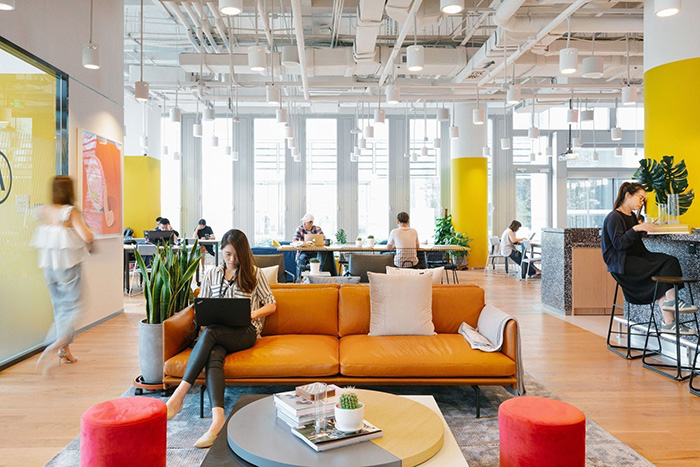Coworking spaces have been around for a while, but they’re only getting better. With so many options out there, it can be difficult to choose the right one for you. But what is coworking? To understand better, here’s a look at the five major types of coworking spaces broken down by their benefits below so you can find the best fit for your business.
Hybrid
If you’re looking for a mix of private offices and shared space with flexible leases, then hybrid is the way to go. You’ll get the privacy of an office while still having access to other people in your industry who work from a variety of locations. This option is perfect for startups, small businesses, and freelancers who don’t want all their eggs in one basket but need more than just a desk at home.
Private offices
Private offices are the most common type of co-working space. They’re also the most expensive option, with prices per month ranging anywhere from $500 to over $3,000. In addition to your own office space, you can expect a receptionist and a dedicated phone number—two things that make it feel like you have an actual business rather than just working from home.
Private offices can be used for meetings, interviews, private work (if no one else is around), or even video chats with clients or colleagues located elsewhere if you have a large enough screen and a high-quality internet connection. It will also give potential clients an idea of what kind of company they’re dealing with when they come into your workspace; this could result in more sales leads down the road.
Shared coworking space
Shared coworking spaces are exactly what they sound like: shared offices, coworking with other startups. They’re often cheaper than private offices and can be a great way of meeting new people and building relationships. They also come with all the perks of being part of a community like free coffee and snacks.
Community spaces
Community spaces are for people who want to work alongside other people, but not necessarily with them. You can often find community spaces in libraries and other public buildings. The environment is open and relaxed, which makes it perfect for freelancers or remote workers who need a place to get their work done without worrying about being interrupted by the noise of others.
Co-living spaces
Co-living spaces are a combination of residential and coworking spaces, offering not only a place to live but also the option of working in an office space. These communities are made up of people who want to live in a community, but also want the flexibility to work remotely.
It’s important to remember that while these spaces may be similar, they’ll have different communities depending on their focus. Some communities will be more open and allow members to bring pets or guests at will; others may be more strict about how many guests you can have each month. Some co-living spaces even offer free furniture if you’re looking for an easy way to get started.
Conclusion
This article should give you some insight into the different types of coworking spaces and how they can help your business. If you’re still not sure which type would be best for your needs, don’t worry. Take some time to think about what it is that you need from your workspace and then check out for more information on choosing a location.









